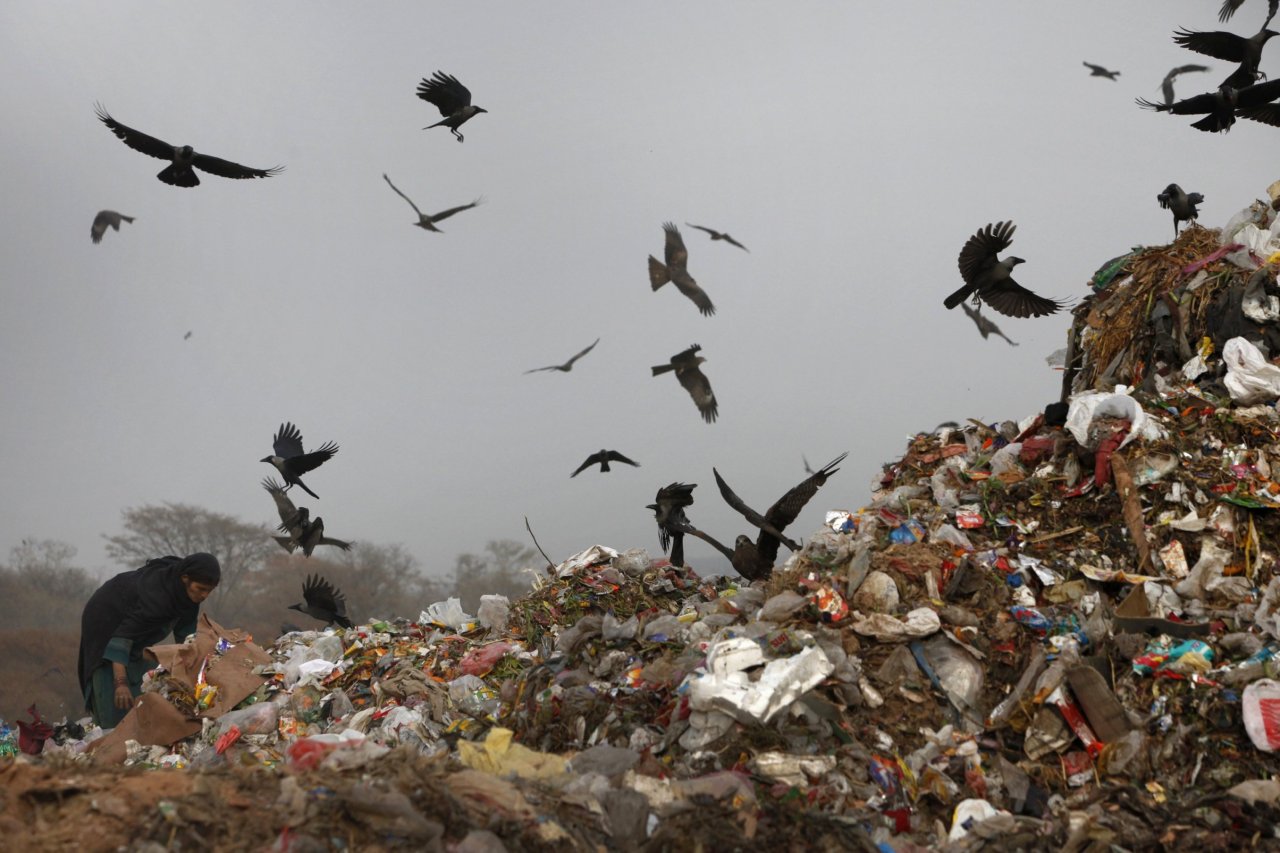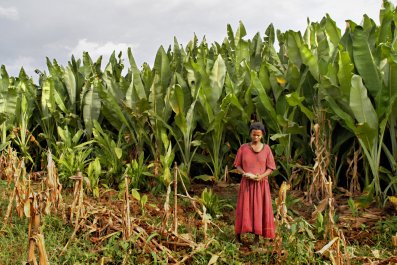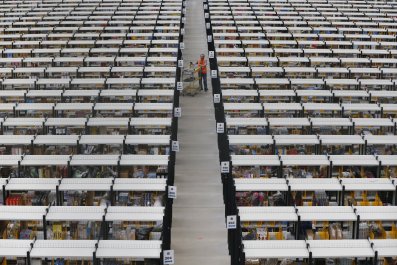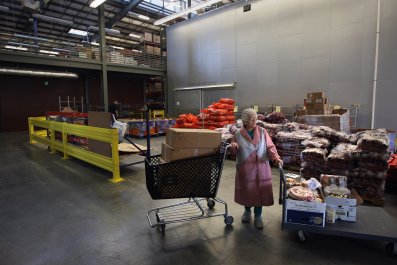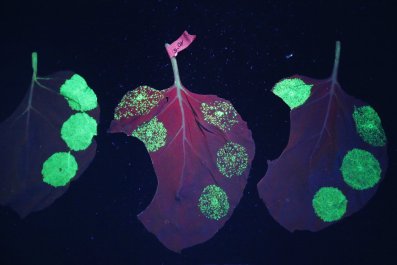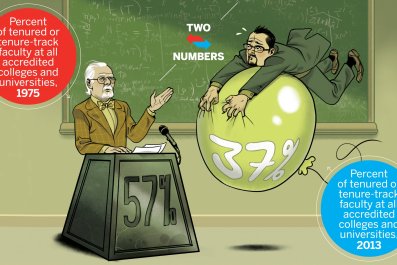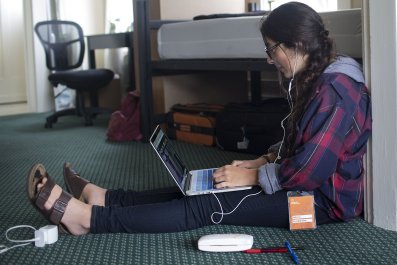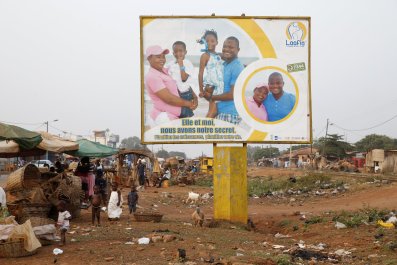Of the approximately 251 million tons of trash dropped annually into American landfills, items made of polyurethane are particularly destructive to the planet. The hardy, widely used polymer is found in foam insulation, bike seats, garden hoses, Spandex fabric and more, and its use has increased steadily since it was first developed in the 1930s. The material has long been considered nonbiodegradable because its chemical bonds are so strong. It is usually reduced by incineration, which releases harmful gases into the ecosystem, or it languishes indefinitely in landfills or the ocean, where, alternately, ultraviolet rays from the sun or waves very slowly break it into still-harmful microplastic particles that poison marine life when ingested. And it is not going away anytime soon; polyurethane production is rising both in America and overseas.
However, the pesky plastic may have a natural combatant, found in the most unlikely of places: the Amazon rain forest. In 2011, 20 undergraduates from Yale University's Department of Molecular Biophysics and Biochemistry traveled to Ecuador with professor Scott Strobel for an annual research trip and discovered a fungus that eats only polyurethane. It's the first microbe found to survive exclusively on the plastic, and, most notably, it can do so in anaerobic (oxygen-free) environments, meaning it could potentially thrive at the bottom of landfills. Strobel and his students published a paper, "Biodegradation of Polyester Polyurethane by Endophytic Fungi," in the journal Applied and Environmental Microbiology in 2011.
"It's interesting research. I think this approach of bioremediation could be very useful in treating accumulated plastic waste," says David Schwartzman, professor emeritus of biology at Howard University. He has long studied the ecological properties of fungi and lichens and published several papers on the subject. "Landfills are sources of serious problems. They're leaking methane as well as other pollutants that get into the groundwater. Some bioremediation may be necessary to deal with the huge mountainous accumulation of these waste."
In their paper, the Yale researchers discussed finding the fungus, Pestalotiopsis microspora, in the Amazon, one of the most biologically diverse areas on the planet. The students brought a sample back to the United States, with permission from the Ecuadorean government, and isolated the enzymes in the fungus that enable its plastic-chomping properties.
Although Strobel does not believe there's enough in the study to warrant media coverage, other researchers in the field are more optimistic. If applied successfully to landfills, the fungus could mark a major advancement in conservationists' ongoing attempt to change our society's linear model of manufacturing, says Joel Cohen, head of the Laboratory of Populations at Columbia University and Rockefeller University. "Under that model, we extract [a] resource, we process the material, we sell it, and we discard it after use," he says. "The problem with that model is, there is no longer a way to throw things away; what we discard comes back to bite us, one way or another. This study is part of a larger effort to replace that with a circular model."
Researching fungi for their bioremediation properties is nothing new in the scientific community; it even has its own subset of studies, called "mycoremediation." The book Mycelium Running: How Mushrooms Can Help Save the World by Paul Stamets earned media attention in 2005 for arguing that certain fungi may be able to combat smallpox and anthrax, as well as stem the tide of pollution. Some fungi have been studied by scientists over the past decade for their ability to clean crude oil spills.
Along these lines, Schwartzman says the Yale results are the promising first steps of a much longer scientific examination. "This research is of value, but we should be quite cautious about the application," he says. "I would be very leery of releasing some organism into [a new] environment. That's fraught with a lot of potential dangers."
Schwartzman cites the plastic trash and microplastic particles clogging the oceans. "I'm just imagining a scenario where we say, 'Let's get rid of the marine plastics by spraying these fungi' [into the ocean]. To me, that's not a viable solution." He offers an alternate plan: "Collecting the debris and then applying bioremediation to break them down would seem to be a valuable approach."
Beyond that are potential horror-movie implications within the microbe's structure, says Cohen. He points to one of the fungus's properties, as outlined in the Yale paper: its potential ability to adopt other species' genes and infect other species with its own genes. As the Yale study notes briefly, "Pestalotiopsis microspora...have a propensity for horizontal gene transfer."
Cohen cites the Uruguayan-bred virus myxomatosis, which was introduced to Australia in the 1950s in an attempt to curb the enormous rabbit population and quickly went wild across the continent. "What is the possibility of horizontal gene transfer for the gene that produces this digesting chemical to be transferred to other organisms that weren't intended to have that gene?" asks Cohen. "Is there a risk that the process of degradation could spread out of control?" In other words, the trash-eating enzyme could possibly mutate with other organisms in the landfill and start breaking down materials besides polyurethane—great for horror-movie writers, less so for people living nearby.
The Yale students posited that they might be able to breed the fungus in laboratory settings and test them on plastic-heavy zones, though they have not shared further information on that yet. (They did not theorize on transportation or containment strategies, which would be key.) They also urged future scholars to pick up their research, writing, "The relative ease with which organisms can be isolated and screened makes this a highly accessible and environmentally relevant project for engaging undergraduate students in scientific research."
"This brings home the importance of conservation of biodiversity," says Cohen. "The bacteria and fungi are older and wiser than we are. They've been around for a very long time, maybe hundreds to thousands of times longer than the entire existence of the human species. We have to protect the reserves that we don't understand yet."



